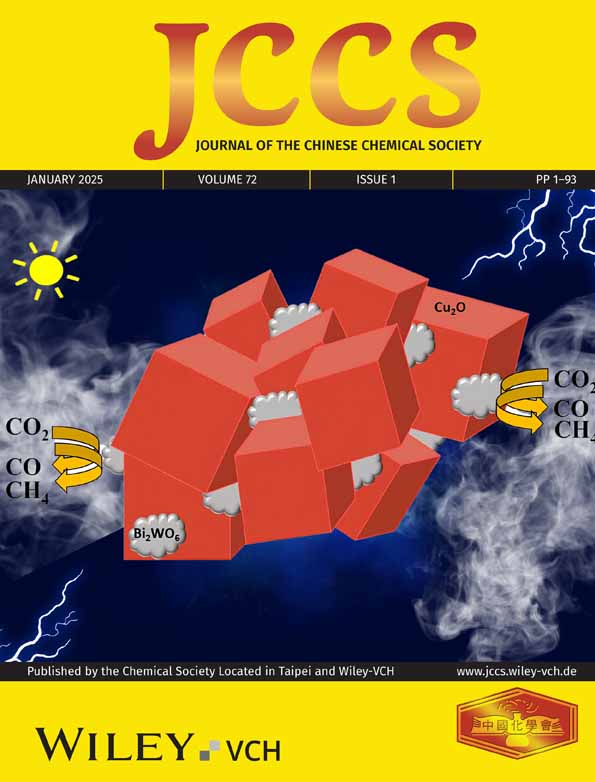CL-20/4,5-MDNI crystal growth and morphology under different conditions: A molecular dynamics simulation
Abstract
CL-20/4,5-MDNI exists in two cocrystal forms with different stoichiometric ratios of 1:1 and 1:3. The properties (such as blast performance, thermal performance, sensitivity, and density) of the two cocrystals are significantly different, but both cocrystals are expected to become new high-energy insensitive explosives and have good applications. The AE model and molecular dynamics were used to simulate the crystal morphology and important crystal planes of 1:1 and 1:3 CL-20/4,5-MDNI under vacuum conditions, as well as in five solvents and different temperatures. 1:1 CL-20/4,5-MDNI has five main growth crystal planes of (002), (102), (111), (020) and (021), of which (002) has the largest proportion. 1:3 CL-20/4,5-MDNI has six main growth crystal planes of (001), (010), (011), (100), (101) and (111), of which (001) accounts for the largest proportion. The crystal morphology aspect ratio of 1:3 CL-20/4,5-MDNI in acetonitrile and 1:1 CL-20/4,5-MDNI in methanol are 1.936 and 1.680, respectively. The results were consistent with the experiments, which has certain guiding significance for CL-20/4,5-MDNI to obtain a crystal morphology closer to spherical shape.




